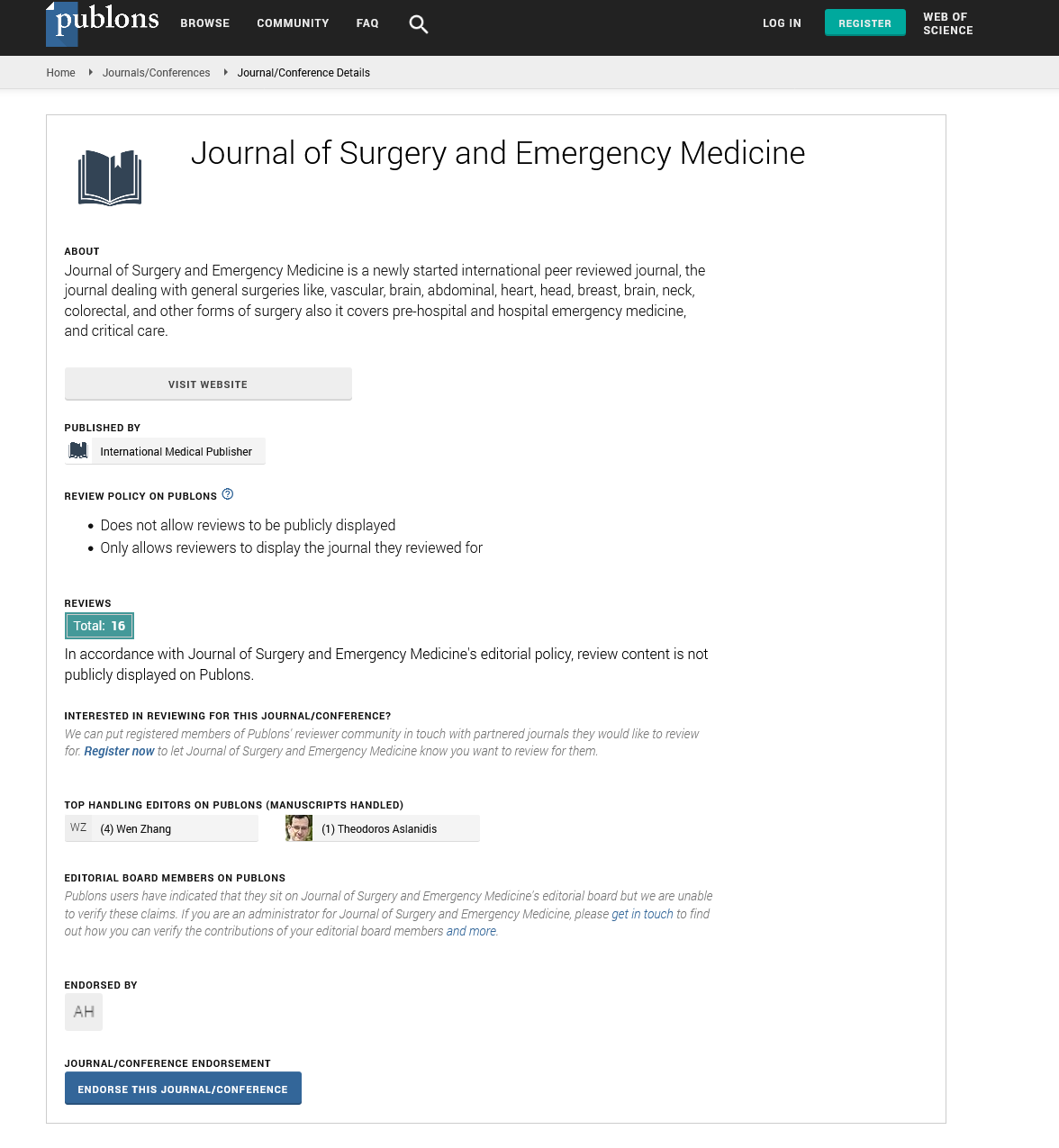Abstract
Rare Case of Perichondritis following Snake Bite.
Background: Worldwide burden of snakebites is well known. Snakebite injury may present with a range of symptoms ranging from local infection to more fatal complications. However, perichondritis secondary to snakebite has never been reported before in medical literature. Introduction: This case report describes a left ear bite injury sustained by a 55-year-old woman from one of her pet snakes, a gravid blood python. She developed perichondritis and perichondral abscess despite early initiation of oral antimicrobial therapy by general practitioner (GP). Under ENT, the patient was managed with surgical drainage of the abscess and administration of intravenous (iv) antibiotics. Use of iv antibiotics early on in the treatment as per bacterial flora prevented onset of further complications. Conclusion: Oral cavities of snakes may have a variety of organisms depending on the breed and feed of the animal. Hence, it is essential to commence broad spectrum antibiotics from the start when wound bites show signs of infection. More specific to this case, due to no previous reported incidences of perichondritis secondary to snakebite injury, there is no agreed mainstay therapy on the management. However, perichondritis if not treated appropriately may lead to potential serious complications. Hence, the reason of adopting an aggressive method of treatment. Management of snakebite injury should be case based, that is, the site of injury, potential complications, venomous status of the snake and environment of the animal are all factors that require careful consideration. Keywords: Snake Bite, Perichondritis, Antimicorbials
Author(s): Divya Bheenick
Abstract | PDF
Share This Article
Google Scholar citation report
Citations : 131
Journal of Surgery and Emergency Medicine received 131 citations as per Google Scholar report
Journal of Surgery and Emergency Medicine peer review process verified at publons
Abstracted/Indexed in
- Google Scholar
- Publons
Open Access Journals
- Aquaculture & Veterinary Science
- Chemistry & Chemical Sciences
- Clinical Sciences
- Engineering
- General Science
- Genetics & Molecular Biology
- Health Care & Nursing
- Immunology & Microbiology
- Materials Science
- Mathematics & Physics
- Medical Sciences
- Neurology & Psychiatry
- Oncology & Cancer Science
- Pharmaceutical Sciences
